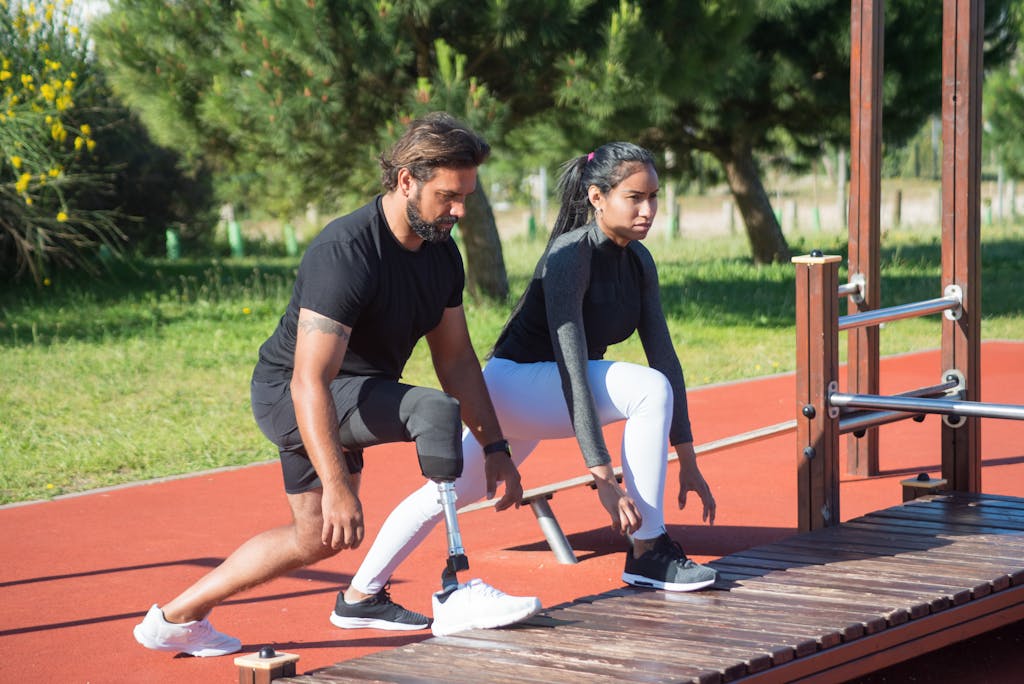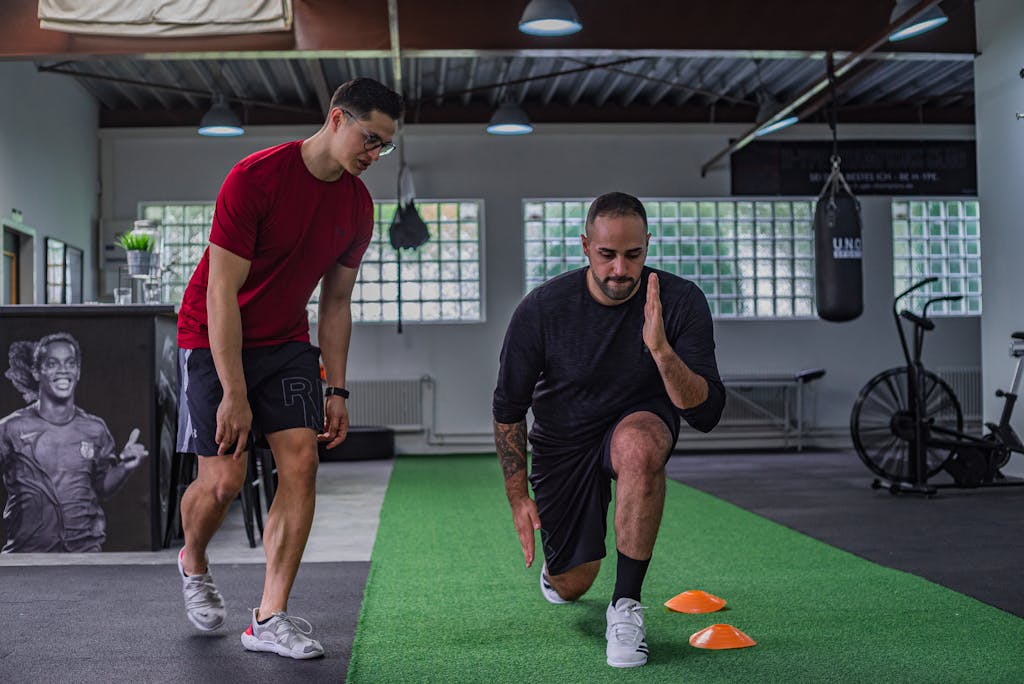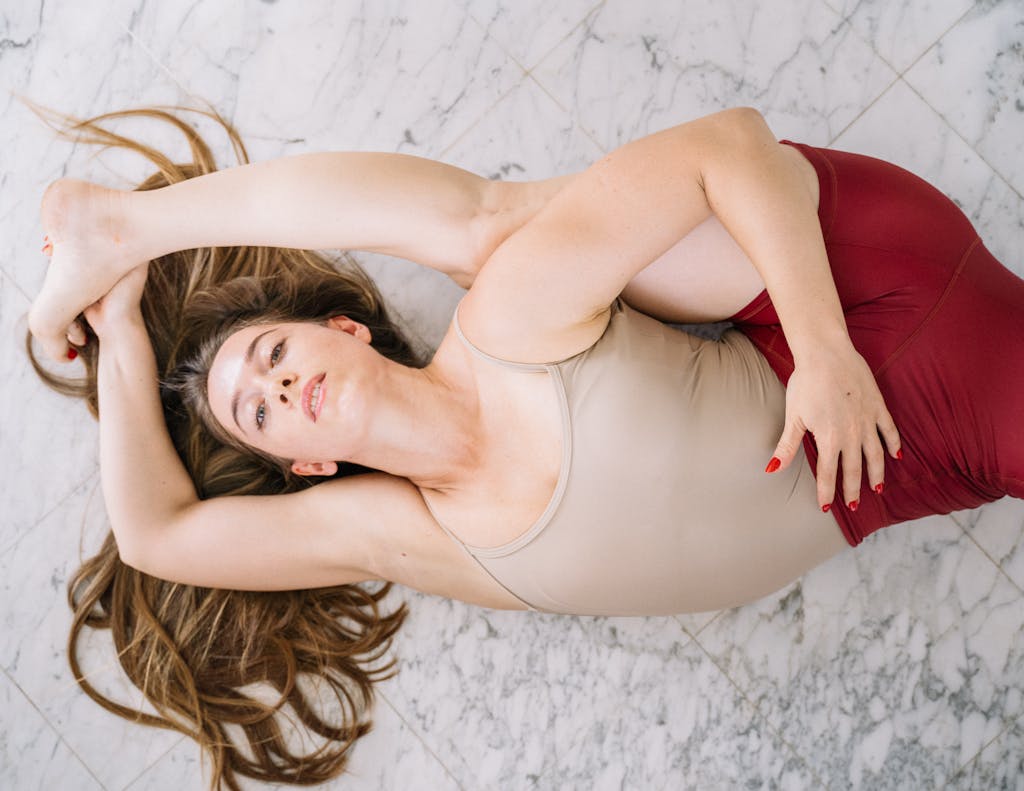Single-Leg Balance Drills: for Building Lower Body Strength
Strengthen your lower body and improve stability with these dynamic single-leg balance drills! Dive into a comprehensive guide featuring tips, FAQs, and expert insights.
Introduction
Are you ready to kick your lower body strength up a notch while enhancing your stability? Look no further than single-leg balance drills! These dynamic exercises not only target your legs but also engage your core and improve your overall balance. Whether you’re an athlete aiming to enhance performance or a fitness enthusiast seeking functional strength, incorporating single-leg balance drills into your routine can yield remarkable results.
So, let’s delve into the world of single-leg balance drills and unlock the secrets to building lower body strength with stability!
Understanding the Importance of Single-Leg Balance Drills
Before we dive into the specifics of single-leg balance drills, let’s take a moment to understand why they are crucial for building lower body strength.
- Enhanced Stability: By focusing on balancing on one leg at a time, these drills activate stabilizing muscles throughout your body, leading to improved balance and coordination.
- Functional Strength: Unlike traditional strength exercises that often isolate muscles, single-leg balance drills mimic real-life movements, making them highly functional for daily activities and sports performance.
- Injury Prevention: Strengthening the muscles around your joints through single-leg exercises can help reduce the risk of injuries, particularly in the knees and ankles.
Now that we grasp the significance, let’s explore some effective single-leg balance drills to supercharge your lower body strength!
Mastering the Drills: Techniques and Variations
1. Single-Leg Deadlifts
One of the cornerstone exercises for building lower body strength and stability is the single-leg deadlift.
Technique:
- Start by standing tall with your feet hip-width apart.
- Shift your weight onto one leg while keeping a slight bend in the knee.
- Hinge at the hips and lower your torso towards the ground, extending your free leg behind you for balance.
- Keep your back flat and engage your core as you lower the weights towards the ground.
- Return to the starting position by squeezing your glutes and driving through the heel of your standing leg.
Variations:
- Dumbbell Single-Leg Deadlift: Hold a dumbbell in each hand to add resistance and challenge your stability further.
- BOSU Ball Single-Leg Deadlift: Perform the exercise on a BOSU ball to introduce an element of instability, engaging more muscles for balance.
2. Pistol Squats
Pistol squats are an advanced single-leg exercise that not only targets the quadriceps and glutes but also requires significant core strength and balance.
Technique:
- Begin by standing on one leg with your arms extended in front of you for balance.
- Slowly lower your body down by bending at the knee of the standing leg, keeping the other leg extended in front of you.
- Aim to lower yourself as close to the ground as possible while maintaining proper form and balance.
- Push through the heel of your standing foot to return to the starting position.
Variations:
- Assisted Pistol Squat: Use a support such as a TRX strap or a sturdy object for assistance until you build enough strength and balance to perform the exercise unassisted.
- Elevated Pistol Squat: Place the non-standing foot on a raised surface to decrease the range of motion and make the exercise more manageable.

3. Single-Leg Balance Board Exercises
Incorporating a balance board into your single-leg drills can take your stability training to the next level.
Technique:
- Stand on a balance board with one foot positioned at the center.
- Engage your core and focus on maintaining your balance as the board tilts in different directions.
- To increase the challenge, incorporate movements such as squats, lunges, or upper body exercises while balancing on the board.
Variations:
- Single-Leg Balance Board Squats: Perform squats while balancing on the board to target the lower body muscles while enhancing stability.
- Single-Leg Balance Board Lunges: Step onto the board with one foot and perform lunges, ensuring proper form and balance throughout the movement.
FAQs (Frequently Asked Questions)
Q1: Can anyone perform single-leg balance drills, or are they only for advanced athletes?
Absolutely! Single-leg balance drills can be modified to suit individuals of all fitness levels. Beginners can start with simpler variations and gradually progress as they build strength and stability.
Q2: How often should I incorporate single-leg balance drills into my workout routine?
Ideally, aim to include single-leg balance drills in your routine 2-3 times per week. However, listen to your body and adjust the frequency based on your fitness level and recovery capacity.
Q3: What are the benefits of incorporating single-leg balance drills into my training regimen?
Apart from building lower body strength and stability, single-leg balance drills can improve proprioception (awareness of body position), enhance athletic performance, and reduce the risk of injuries.
Conclusion
In conclusion, single-leg balance drills are a powerhouse when it comes to building lower body strength and stability. By incorporating these dynamic exercises into your routine, you’ll not only sculpt lean muscle but also improve your balance, coordination, and overall athletic performance. So, lace-up those sneakers, grab a balance board, and get ready to elevate your fitness game with single-leg balance drills!



